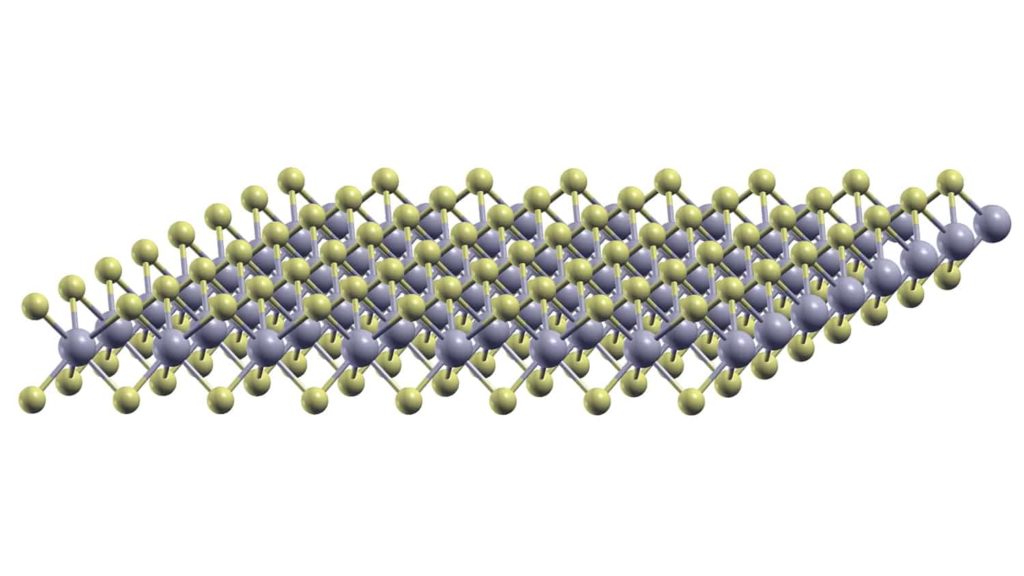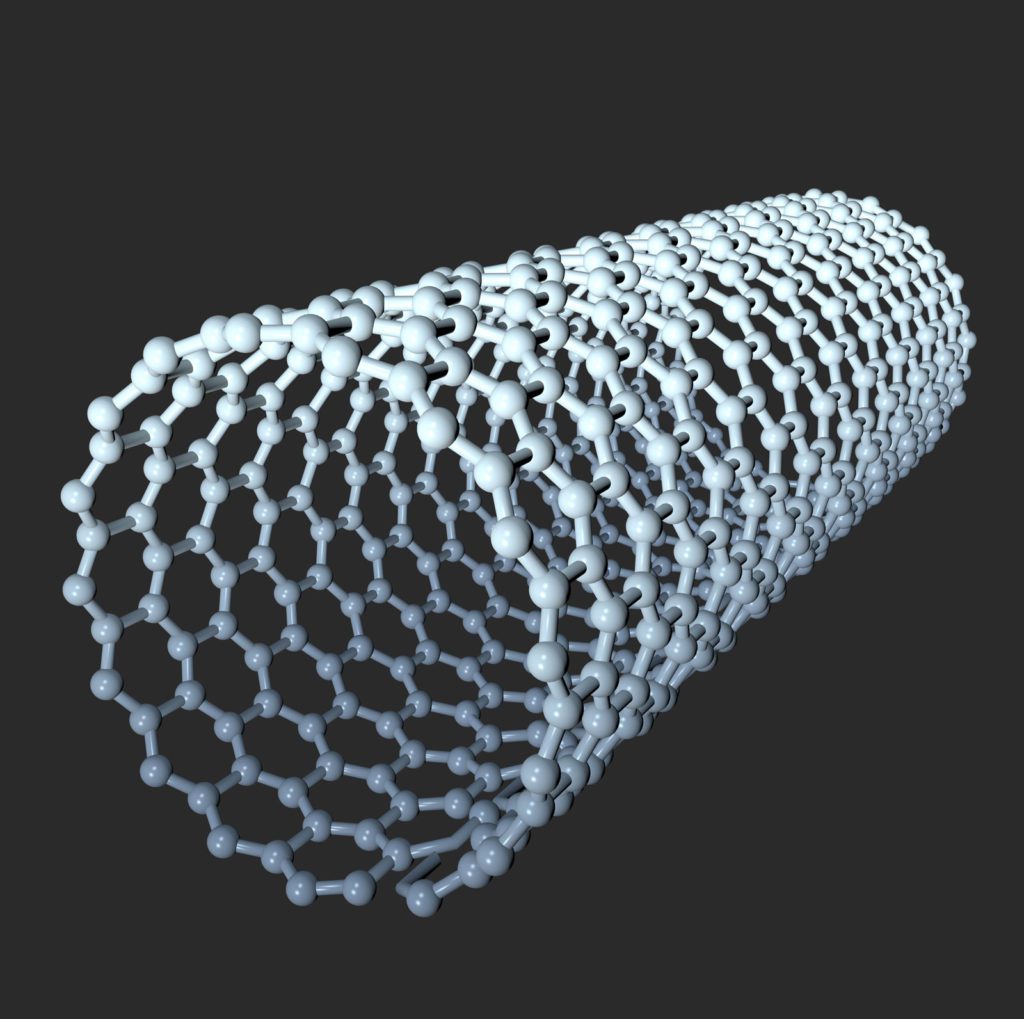There are several types of artificial materials that have been created ever since chemists realized that they could tinker with chemical reactions to produce something new. It is not exactly a secret that most of the hi-tech inventions created nowadays are made entirely from artificial materials. Materials like Carbon fibre and Kevlar are very popular.
The range of usage that these materials can be put to alone justifies the push to find out how these artificial materials are formed and how they interact with other materials, not to mention the other opportunities that it opens up in terms of research.

In their quest to better understand and apply the electronic effects of these materials into modern electronics, researchers from the University of Bath have made some progress in understanding the interaction between layers of atomically thin materials arranged in stacks.
This is important research that aids in electronic components in use today being minimized even further for better efficiency and use of space. There are several constraints in miniaturizing a silicon component. Too small and they overheat and fall apart in a circuit. Therefore, researchers are probing a group of atomically thin materials that can be assembled in stacks and utilized.
The researchers have found a way to predict how strongly atoms are linked in different layers of a stack. The idea has been demonstrated using a layer of Graphene as well. The research mentioned here is based on previous research done on the effects of rotating different layers of graphene, one over the other.
The discovery sparked interests all around the world prompting researchers to ‘twist’ other atomically thin materials. The race to apply this research and create potentially new and useful materials is what spurred the researchers to try and understand how these atoms interact with each other.

The interaction between two layers is extremely weak, and the links between a layer are much stronger. This is what allows materials to be twisted concerning the last layer. The sheer number of possibilities is mind-boggling. The layers can be twisted by any amount, and there are several atomically thin materials. This takes the number of possible experiments to a very high level. This is why understanding the interactions and making predictions about the different results that can be obtained is a very important ability to have.
The application of these new ‘twisted’ materials into the practical world could take up to a decade. There are a lot of experiments to be carried out and myriads of properties to be discovered.
Further Reading:


